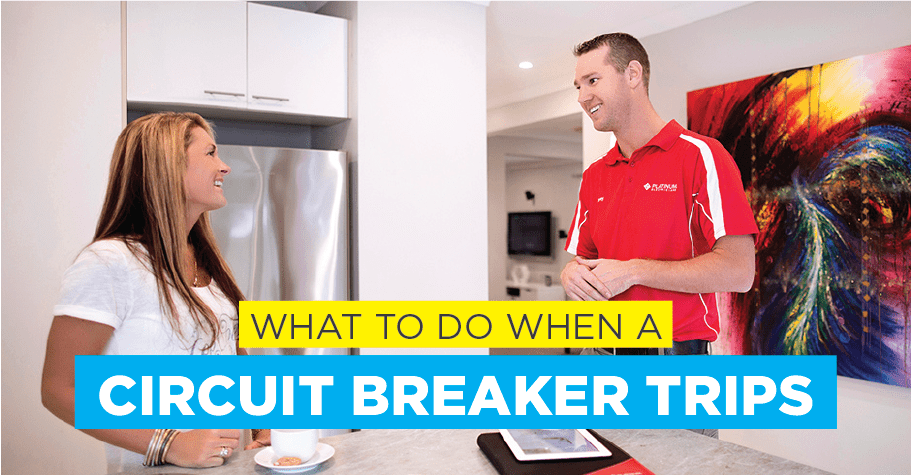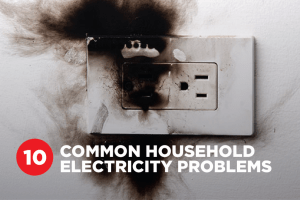
if a circuit breaker in your switchboard trips it can mean anything from one appliance going down to a whole section of the house being left in the dark. It pays to know how to reset one that’s fizzled out so you can get your day or night back on track, without having to call out the electrical services company. Here are a few things to remember when your circuit breaker trips:
KEEP AN EMERGENCY TORCH (AND REMEMBER WHERE THIS IS)
If the circuit breaker trips and it’s night then you’re in the dark. Use the flashlight function on your phone to find your way around the house. It’s also a good idea to have a torch on hand for situations like these, or at least matches and a candle. Even if you know where your electrical box is and feel confident you could do it with your eyes closed; it’s just not a good idea to go feeling around inside electrical boxes without a proper light source.
3 STEPS TO FOLLOW WHEN A CIRCUIT BREAKER TRIPS
READY TO GO AGAIN
Turn on the master switch. After all this fuss you almost expect a sort of powering-up noise to signal that you’ve done it. No such luck. Go back to your appliances and turn them all back on.
WHAT CAUSES CIRCUIT OVERLOADS?
One of the most common problems of tripping a circuit breaker is what we call “overloading the circuit”. Too much extra power consumption on one circuit could cause the breaker to trip.
This may seem like an inconvenience, but it’s actually a nice reminder that your circuit breaker is working. Using both thermal and magnetic tripping mechanisms, modern circuit breakers will cause a power outage, rather than allowing a circuit to overwork, catch fire, and burn your house down. Electrical circuits have a limit to how much electricity they can provide, so it’s also a reminder to consider the amount of appliances you’re powering.
Common causes include an extravagant nativity scene on your house during Christmas, excessive powering of air conditioning and fans during a heat wave, or overloading a circuit with too many electrical devices.
If you notice your lights are dimming, buzzing, your outlets are warm or your appliances are lacking power then you can catch a trip before it happens.
There are a few ways you can prevent a circuit overload:
BACK TO LIFE AS NORMAL AGAIN
Now go back to whatever it was you were doing before you were so rudely interrupted. Resetting a circuit breaker isn’t rocket science, and certainly doesn’t require an electrician. It’s a matter of preparation and keeping calm. If you’re uncertain of what the problem is after trying the above, or if you want a professional


